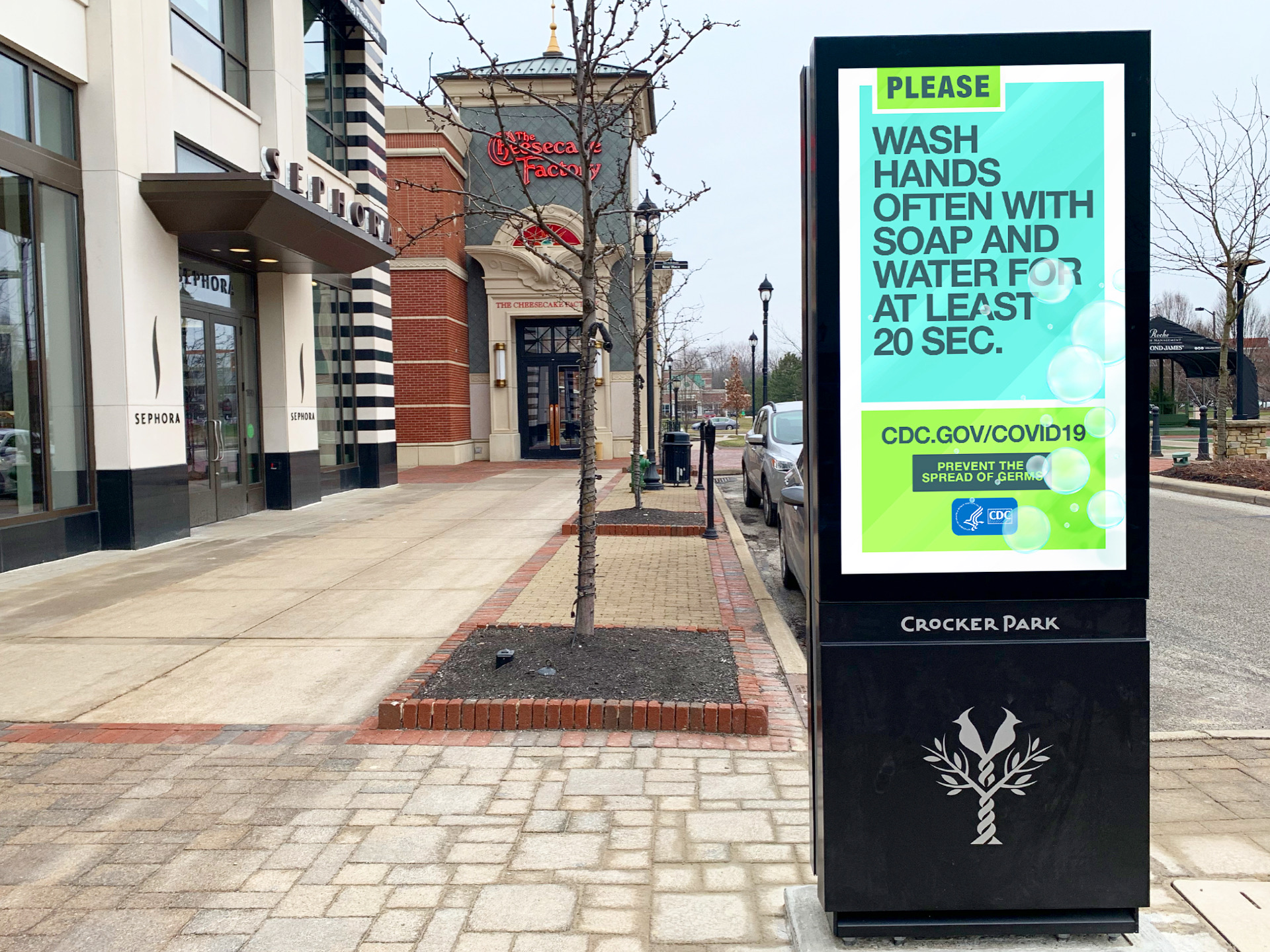
From the Desk of the COO
Over the weekend I found myself reading an interesting article on Vogue.com. For those of you that do not know me, Vogue is definitely not my go-to online destination. But as we’re all well aware, weeks of staying at home has unearthed strange and surprising things about us all.
The article summarized a discussion with Nordstrom’s Pete Nordstrom, Tory Burch’s Pierre-Yves Roussel, and La Rinascente’s Vittorio Radice, who openly discussed the global shuttering of stores due to the COVID-19 pandemic. What struck me was the great honesty with which they spoke in regards to the current state of their brands, acknowledging, and even reinforcing, that they are in fact creating and selling goods people want not need. A prime example of this is the sneaker market which is not exactly an essential product in your quarantine toolkit (although slippers are another story altogether).
“It’s become really clear we don’t sell anything people need, we sell things people want.” – Pete Nordstrom.
Across the board, retailers seem to have missed this essential point. Rather than adopting this crucial messaging and using it to refocus their efforts, brands have continued to follow, and further contribute to, the emergence of disposable fashion which has resulted in a deeply oversaturated retail marketplace. One thing that has become abundantly clear in the midst of all the closures is that quality, not quantity, is the key to distinguishing a brand among all of the noise.
As a result of this oversaturation, retail real estate has been evolving very slowly over the last decade. Brands have been struggling to understand how they can capitalize on the intersection of online and brick-and-mortar, which has shown to drive four times as many sales as a when a customer solely interacts with an online or brick-and-mortar platform. However, the current pandemic has drastically accelerated things, forcing brands to intensely evaluate their strategy to adopt this new multi-channel approach.
So what does this mean from a practical standpoint? When I began my career I was taught that the best way to evaluate real estate was, in layman’s terms: location, location, location, and in industry terms: sales per square foot. The logic being that the more sales a store did out of their physical space, the more rent they would pay. There was an obvious direct correlation. Unfortunately this is no longer the case with omnichannel strategies. The metric of sales per square foot has become the RBI of baseball, a nostalgic but antiquated metric that doesn’t tell nearly the whole story, or more importantly, the real value proposition.
The metric of sales per square foot … doesn’t tell nearly the whole story, or more importantly, the real value proposition.
Retailers must come up with new formulas on how to determine the value of physical sites and their potential to interact seamlessly with other platforms. Landlords need to figure out that secret recipe and create those environments. Pete Nordstrom said it better than I could. “The [retail sites] I tend to get envious about [have] things on there that aren’t about selling anything. They’re about engaging people, inviting them in to be a part of that community. As a consumer, I find that compelling.”
Here at Stark Enterprises, we have had the tagline It’s All About The Experience since 1978. It is a constant reminder that our mission is to enhance and enrich the communities around which we build and operate our properties. It is a vow that we will strive to continue to provide and create the best, most seamless experiences to our communities, tenants, and customers. Stay safe and healthy everyone! 

Sincerely,
Ezra Stark, Chief Operating Officer

